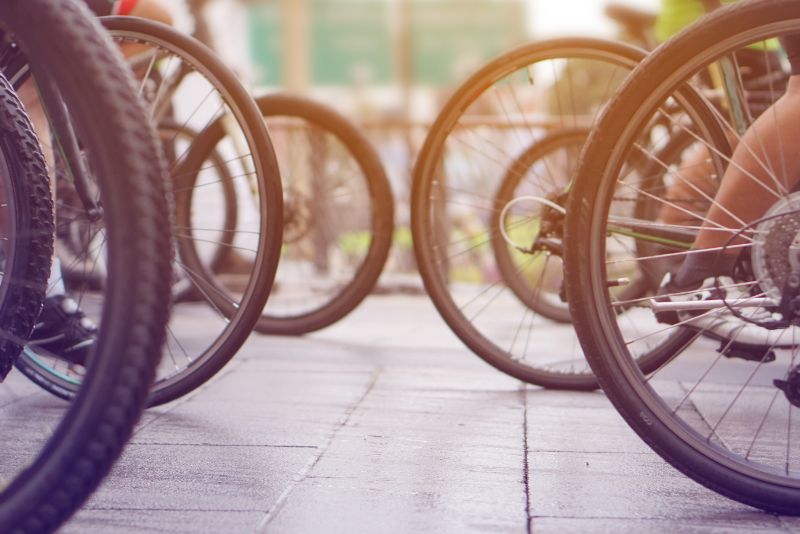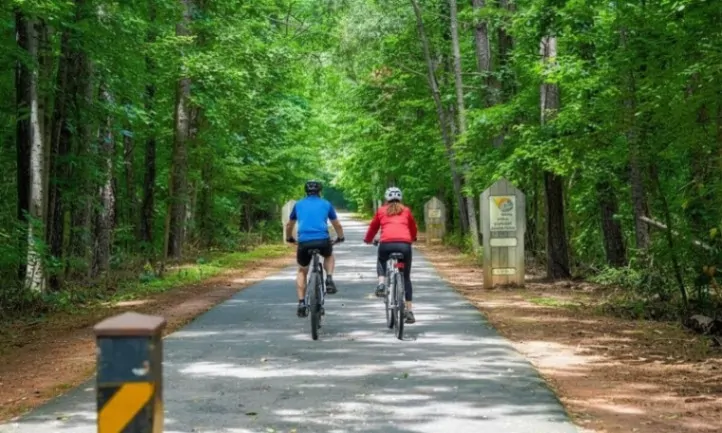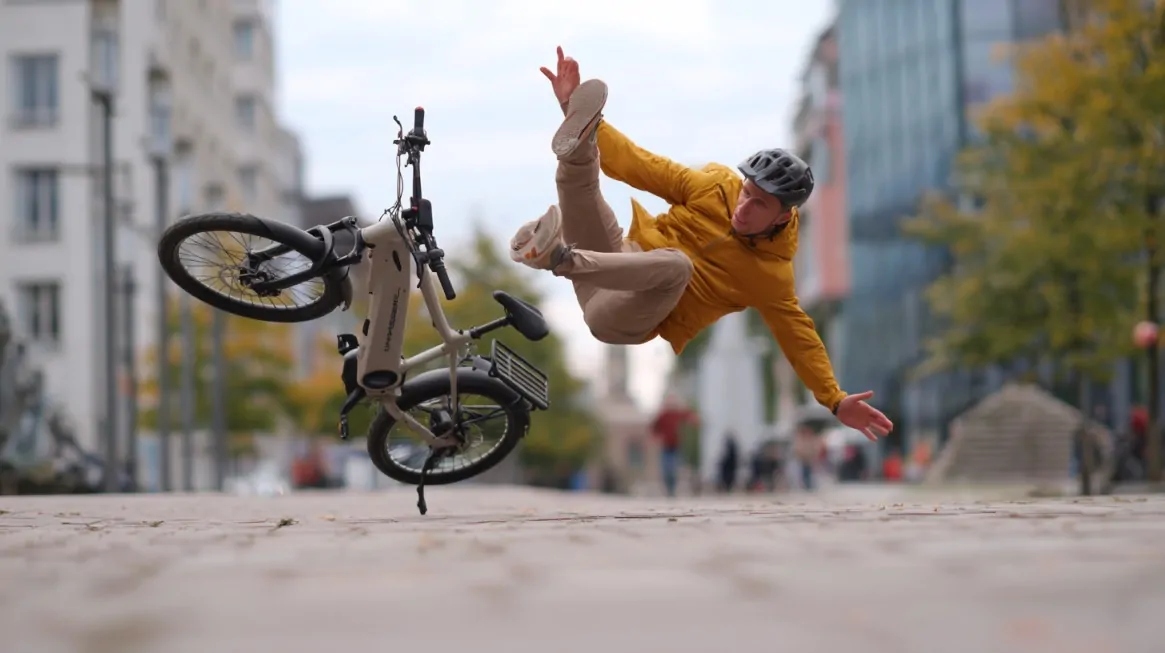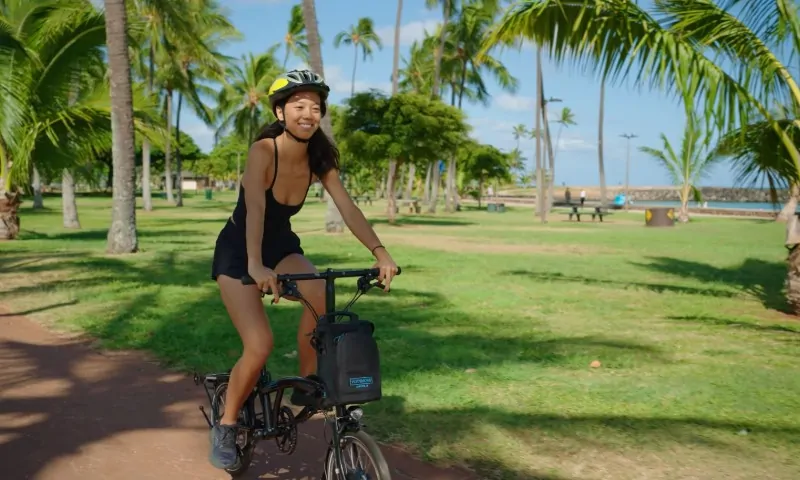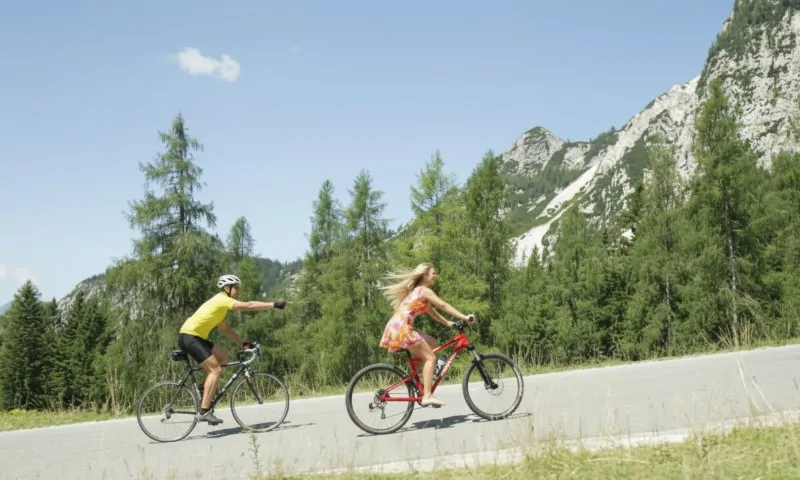So, you want to get into competitive cycling? Awesome! It’s a fun and exciting way to stay fit, make new friends, and maybe even win some races. But where do you start? Don’t worry, I’ve got you covered.
Table of Contents
TogglePicking Your Type of Cycling
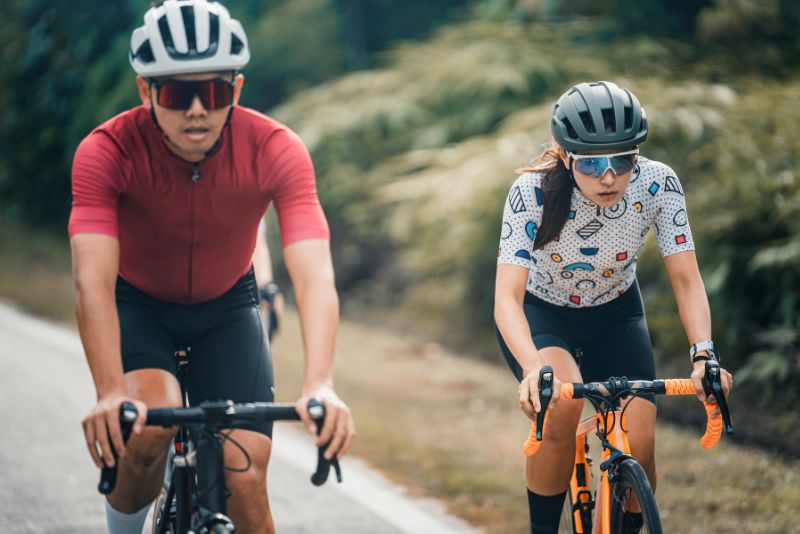
First things first, you need to decide what kind of cycling you want to do. There are a few main types:
- Road Cycling: This is what you see in the Tour de France. It’s all about racing on paved roads.
- Mountain Biking: If you like the idea of riding on dirt trails, through forests, and over rocks, this is for you.
- Track Cycling: This happens in velodromes (indoor tracks). It’s all about speed and precision.
- Cyclocross: This is a mix of road biking and mountain biking with some obstacles thrown in.
Think about what excites you the most. Do you like smooth roads, rough trails, or controlled environments? Pick one and let’s move on.
Getting the Right Bike
Now that you’ve picked your type, you need the right bike. Each type of cycling has a specific kind of bike:
- Road Bike: Lightweight with thin tires and drop handlebars for aerodynamics.
- Mountain Bike: Sturdy with thick tires and suspension to handle rough terrain.
- Track Bike: Simple and fast with a fixed gear and no brakes.
- Cyclocross Bike: Like a road bike but tougher to handle different surfaces.
Head to a local bike shop, tell them what you’re interested in, and they’ll help you find the right one. Don’t just buy the first one you see—try a few and see what feels best.
Gearing Up
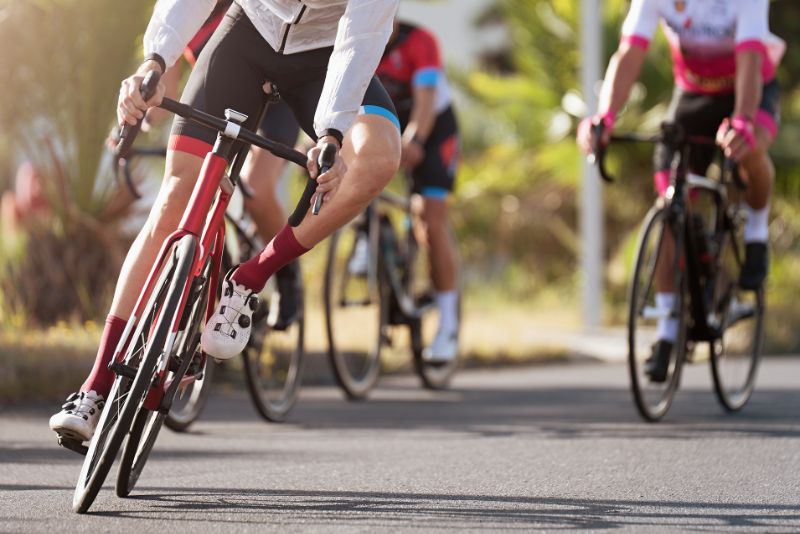
Biking isn’t just about the bike. You’ll need some gear too:
- Helmet: Don’t skimp on this. It protects your noggin.
- Clothing: Padded shorts and moisture-wicking jerseys keep you comfy.
- Shoes: Get ones that clip into your pedals for better efficiency.
- Accessories: Sunglasses for protection, gloves for grip, and a few tools like a pump and spare tubes.
Getting Fit
You can’t just hop on a bike and expect to race. You need to build up your fitness:
- Start Slow: Begin with shorter, easier rides to build your endurance.
- Mix It Up: Include some interval training (short bursts of high intensity) to boost your speed.
- Strength Training: Work on your core and legs to get more power.
- Rest: Don’t forget to rest. Your body needs time to recover and get stronger.
Joining a local cycling club can help. They offer group rides and training sessions, making it more fun and structured.
Learning to Handle Your Bike

Riding a bike isn’t hard, but racing is a different story. You need to practice:
- Riding Positions: Find what’s comfortable and efficient for you.
- Cornering: Learn to take turns smoothly without losing speed.
- Climbing and Descending: Adjust your body to stay balanced and keep your momentum.
- Braking: Practice emergency stops and quick maneuvers.
The more you practice, the more confident you’ll become.
Race Tactics
Racing isn’t just about pedaling hard. It’s a game of strategy too:
- Drafting: Ride close behind another cyclist to reduce wind resistance.
- Breakaways: Push ahead of the pack at the right moment to create a gap.
- Teamwork: Work with teammates to control the race pace or set up for a sprint.
Watch some races, either live or on TV, and pay attention to what the pros do. You’ll learn a lot.
Joining a Club
Cycling clubs are goldmines of knowledge and support. They offer:
- Group Rides: Practice with others and learn new skills.
- Training Sessions: Structured workouts to improve your fitness.
- Advice: Tips from experienced riders on everything from gear to tactics.
Find a club near you, join up, and get involved. It’s way more fun to ride with others.
Your First Race
Ready to race? Here’s how to prepare:
- Choose the Right Race: Start with something local and not too intense.
- Register Early: Sign up well in advance.
- Know the Rules: Familiarize yourself with the race regulations.
- Warm Up: Get to the race early and do a proper warm-up.
- Stay Calm: Position yourself confidently and pace yourself.
Your first race is a learning experience. Focus on having fun and soaking it all in.
Nutrition
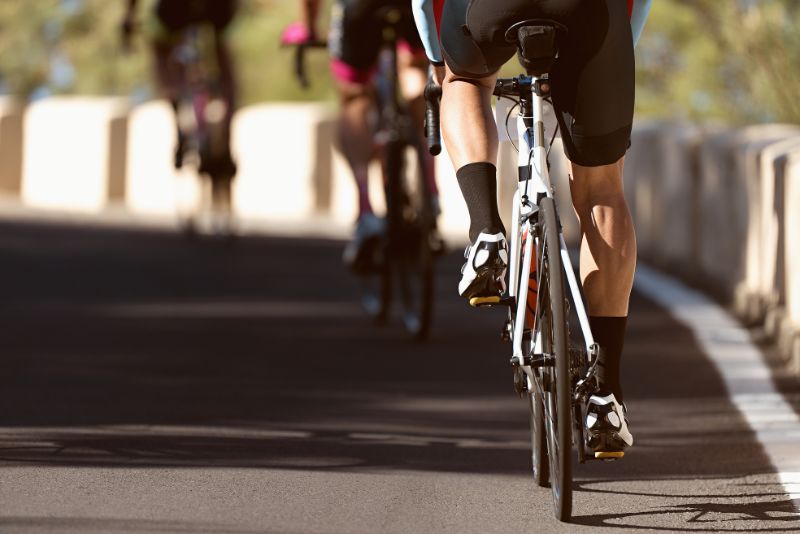
Fueling your body is key:
- Before Rides: Eat a balanced meal with plenty of carbs.
- During Rides: Snack on easy-to-digest foods and stay hydrated.
- After Rides: Refuel with a mix of protein and carbs.
Experiment to find what works best for you and consider talking to a sports nutritionist for personalized advice.
Recovery
Recovery is crucial to getting better:
- Rest Days: Take days off to let your body heal.
- Active Recovery: Do light rides or stretching to keep blood flowing.
- Sleep: Get plenty of sleep for muscle repair.
Don’t push yourself too hard. Listen to your body and adjust your training as needed.
Mental Game
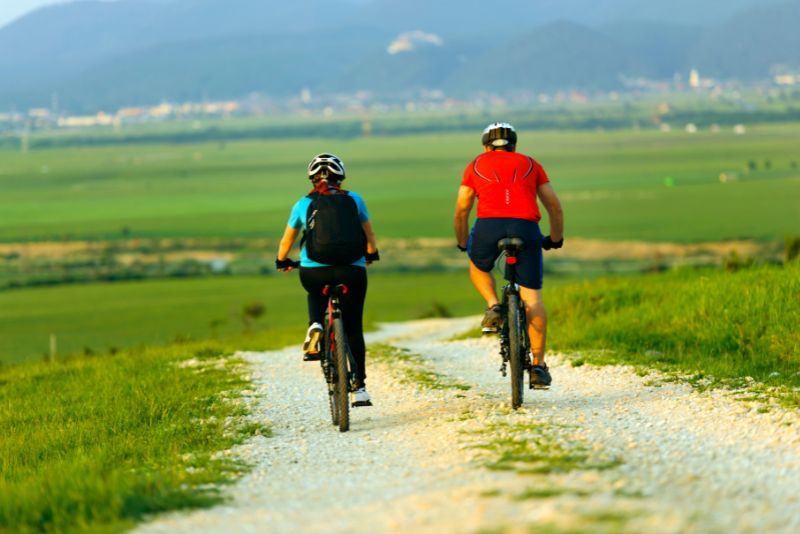
Cycling is as much mental as it is physical:
- Set Goals: Small, achievable goals keep you motivated.
- Stay Positive: Focus on what you can do, not what you can’t.
- Visualize Success: Imagine yourself performing well.
- Manage Nerves: Use relaxation techniques to stay calm.
Surround yourself with supportive people and keep a positive mindset.
Staying Safe
Safety first, always:
- Know the Rules: Follow road and race rules to avoid accidents.
- Regular Checks: Keep your bike well-maintained and inspect it regularly.
- Be Visible: Wear bright clothing and use lights if needed.
- Communicate: Signal your intentions to other riders.
- Stay Aware: Pay attention to your surroundings and anticipate hazards.
Taking a first aid course can also be a smart move.
FAQs
There are several types of races:
- Criterium Races: Short, fast races on closed circuits.
- Road Races: Traditional races on open roads, varying in length and format.
- Time Trials: Individual races against the clock.
- Cyclocross: Multi-terrain races with obstacles requiring bike dismounts.
- Mountain Bike Races: Off-road races on rugged terrain
Related Posts:
- Why Women’s Cycling Deserves More Attention and Support
- 9 Tips for Finding the Best Road Bike Pedals -…
- My 7 Favorite Cycling Routes in Seattle - For Scenic…
- What Makes a Good Domestique Rider in Cycling Races?
- How to Lose Weight Through Cycling - A Beginner’s Guide
- 8 Reasons to Take Up Cycling - How Bike Riding Can…

